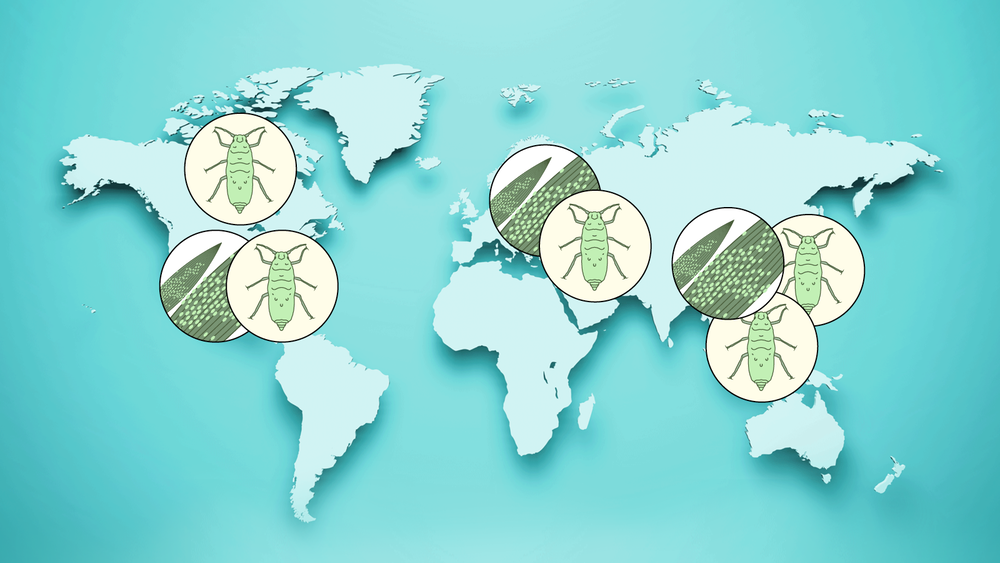GEO project forecasts global wheat pest and disease implications

The research team at the Aerospace Information Research Institute, Chinese Academy of Sciences (AIRCAS), has conducted a comprehensive remote sensing forecast for wheat pests and diseases across Asia, Europe, and North America.
This study, part of the GEO project "Global Vegetation Pest and Disease Dynamic Remote Sensing Monitoring and Forecasting" (GEO-PDRS), comes as the regions enter the mid-to-late growth stage of wheat in May.
Key findings
The main types of wheat pests and diseases identified are rust (Puccinia striiformis West) and aphids (Diuraphis noxia). Wheat leaf rust is a fungal disease while aphids are small sap-sucking insects. Both are destructive to wheat and can lead to significant yield loss. .
The forecasted total area affected by these issues is about 24,8 million hectares – an increase of about 4.4% compared to 2023.
- Rust is expected to impact around 8,2 million hectares of crops, or 5.4% of the total planting area – an increase of about 4.9% compared to 2023.
- Aphids are predicted to affect about 16,7 million hectares, representing 10.9% of the total planting area -- an increase of approximately 4.1% compared to 2023.
Overall, aphid infestations are anticipated to be more severe and damaging than rust occurrences.
These increases can be attributed to decreased farmland management levels due to local turmoil and slightly higher precipitation in regions such as East Asia compared to previous years.
Geographical distribution
Wheat rust: Predominantly found in the central regions of North America, the eastern regions of Europe, and the southwestern regions of Asia.
Wheat aphids: Mainly located in the central to northern regions of North America, the southeastern regions of Europe, and the northwestern and southwestern regions of Asia.
Implications for global agriculture
This forecast is a reminder of the importance of strengthening wheat pest and disease management to avoid impacting food production.
The findings provide crucial information for governments trying to prevent and control wheat rust and aphids. Furthermore, the findings can assist international organisations like the FAO in monitoring global crop diseases and pests.